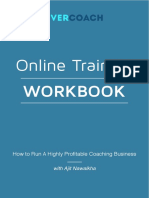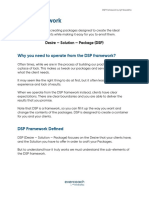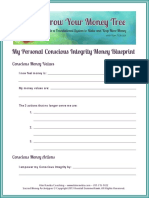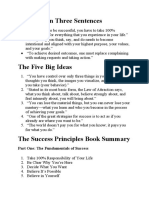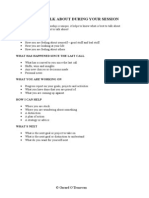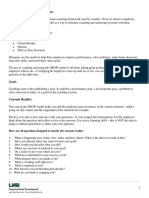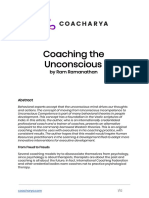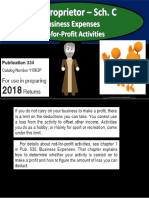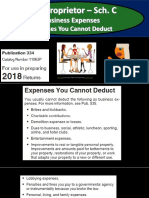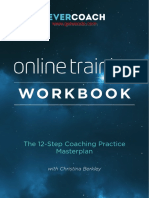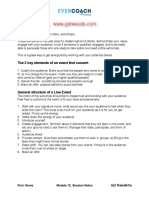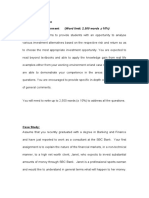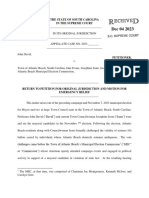0% found this document useful (0 votes)
128 views2 pagesOne-On-One Conversations: Qualifying A Potential Client
This document provides guidance on conducting effective one-on-one conversations to sell high-priced products and services. It recommends pre-qualifying clients through a questionnaire to ensure the calls are productive. Numbers show about 20-30% of clients may not show up for scheduled calls, but requiring payment can increase attendance to 90%. Successful calls have a 10-30% conversion rate. The document also shares techniques for building rapport and making offers during calls, as well as a 12-question process for defining clients' goals and addressing objections before presenting the price.
Uploaded by
Corben DallasCopyright
© © All Rights Reserved
We take content rights seriously. If you suspect this is your content, claim it here.
Available Formats
Download as PDF, TXT or read online on Scribd
0% found this document useful (0 votes)
128 views2 pagesOne-On-One Conversations: Qualifying A Potential Client
This document provides guidance on conducting effective one-on-one conversations to sell high-priced products and services. It recommends pre-qualifying clients through a questionnaire to ensure the calls are productive. Numbers show about 20-30% of clients may not show up for scheduled calls, but requiring payment can increase attendance to 90%. Successful calls have a 10-30% conversion rate. The document also shares techniques for building rapport and making offers during calls, as well as a 12-question process for defining clients' goals and addressing objections before presenting the price.
Uploaded by
Corben DallasCopyright
© © All Rights Reserved
We take content rights seriously. If you suspect this is your content, claim it here.
Available Formats
Download as PDF, TXT or read online on Scribd
/ 2

